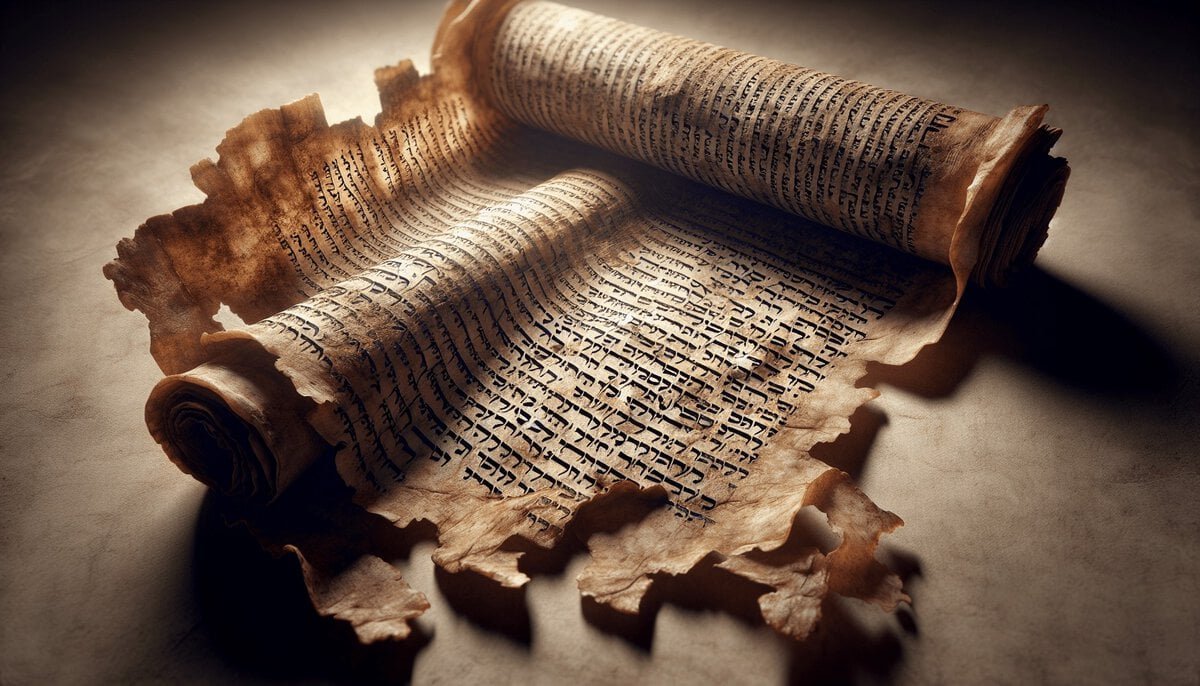Have you ever wondered how ancient texts, such as the Dead Sea Scrolls, have withstood the test of time to tell us stories from a bygone era? The discovery of these fragments has been a monumental event for both biblical archaeology and the understanding of ancient societies. However, it presents an ongoing challenge: how to preserve these age-old artifacts without compromising their integrity. In this article titled “Digital Preservation Techniques for Dead Sea Scroll Fragments,” you will delve into the journey of these scrolls—discovered in the mid-20th century—through the various layers of historical significance and modern digitization techniques aimed at preserving their content for generations to come.
The Enigmatic Discovery of the Dead Sea Scrolls
Historical Background and Biblical References
The Dead Sea Scrolls are irreplaceable pieces of history, intimately tied to Biblical narratives. Unearthed in the caves near Qumran, adjacent to the Dead Sea, these scrolls are believed to have been written between 300 BCE and 100 CE. They encompass a wide range of texts, including portions of the Hebrew Bible, providing invaluable insight into ancient religious rituals and customs. Many scholars assert that these manuscripts represent a crucial missing link that has reshaped modern biblical studies.
Geographic Significance and Recent Findings
The scrolls were discovered near the Dead Sea Basin, a location that, due to its arid climate and protective caves, has served as a natural preservation site for millennia. The significance of this site cannot be overstated, as it directly contributed to both the deterioration and preservation of the scrolls. Recent excavations have yielded even more fragments, ensuring ongoing research opportunities. The challenge now is digitizing these fragments to preserve and share their wisdom widely.
Unveiling Archaeological Evidence
Artifacts and Their Preservation Challenges
The Dead Sea Scrolls consist of parchment and papyrus fragments that have survived in varying states of preservation. These delicate materials pose unique preservation challenges given their age and fragile composition. Controlled environments are essential for their physical maintenance, yet digital techniques are crucial for minimizing physical handling, which risks their degradation.
Dating and Interpretation of the Fragments
Dating these artifacts accurately has involved a variety of methodologies, from Radiocarbon dating to paleography. These methods affirm the scrolls’ antiquity and enable scholars to construct a coherent timeline for events depicted in the scriptures. Expert interpretations suggest these scrolls offer unparalleled insights into Jewish culture during the Second Temple period.
Expert Perspectives and Interpretations
With interpretations spanning theological, historical, and linguistic analyses, scholars from diverse disciplines have contributed to the broader understanding of these scrolls. Their views not only construct a narrative of historical significance but also assist in uncovering theological insights that influence modern religious thought.
The Significance of Digital Preservation
Biblical and Historical Impact
The implications of digitally preserving the Dead Sea Scrolls are immense. Not only do they serve as crucial documentation of the Hebrew Bible, but they also influence contemporary religious teachings. Digital preservation provides a means to explore these artifacts without the limitations and risks tied to physical manipulation.
Enhancing Modern Understanding
Modern digital preservation techniques are bridging the gap between ancient and modern worlds. High-resolution imaging, alongside multispectral imaging, allows for a detailed analysis, revealing texts that are invisible to the naked eye. These technological advancements ensure that scholars can study the scrolls’ minutiae exhaustively, enhancing our understanding of historical and theological contexts.
Status of Current Research
Researchers continue to develop and refine techniques to digitize the scrolls optimally. Efforts such as the Leon Levy Dead Sea Scrolls Digital Library are constructing digital archives that are freely accessible to the public and scholars alike. This democratization of information not only broadens scholarly inquiry but invites public engagement, fostering a deeper appreciation and understanding of early religious texts.
Closing Thoughts on a Digital Future
In summary, the Dead Sea Scrolls are more than historical artifacts; they are keys to unlocking the past, offering insights into religious, cultural, and historical contexts that shape your understanding of both ancient and contemporary worlds. As digital preservation techniques continue to evolve, so too will the potential to uncover further insights from these invaluable texts. In moving forward, embracing digital technology is a call to action, urging you to consider how future discoveries might be preserved and studied to benefit generations to come. The digital age offers unparalleled opportunities to both protect and explore the rich tapestry of human history found within the Dead Sea Scrolls.






